Energy can be transferred in various ways and between objects.
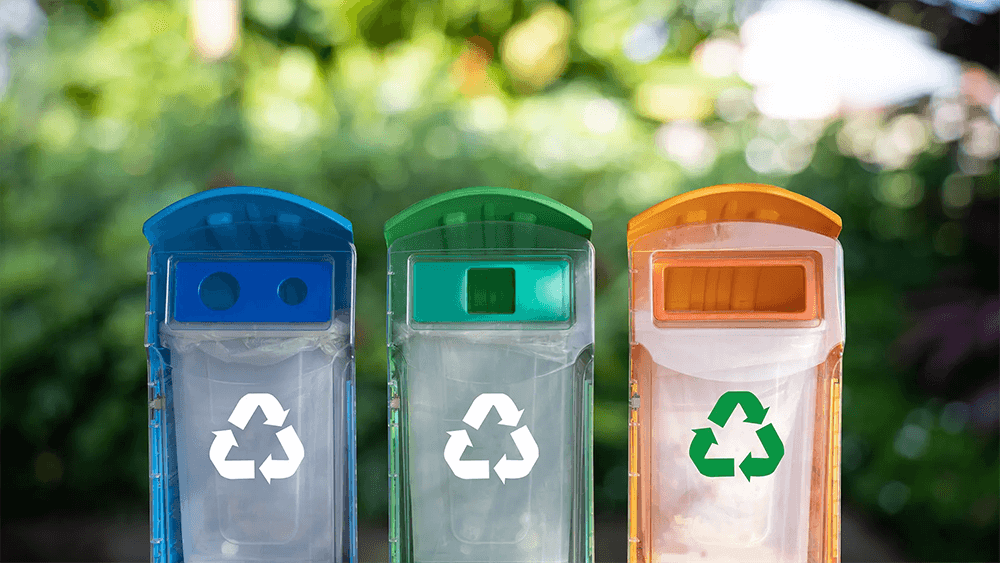
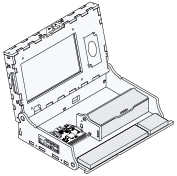 Piper Computer Kit
Piper Computer Kit
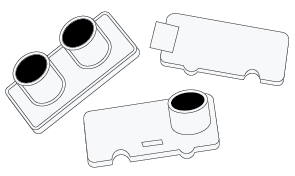 Sensor Explorer Kit
Sensor Explorer Kit
Note: These videos can also be found on Slide 2 of the Energy Efficiency Lesson 2 Slide Deck
After watching these videos, ask students the following questions:Second, have students discuss ENERGY STAR and home efficiency. Tell students that ENERGY STAR is the government-backed symbol for energy efficiency, providing simple, credible, and unbiased information that consumers and businesses rely on to make well-informed decisions.
Quick WriteHave each student do a “quick write” on electronic items in their homes they think carry the ENERGY STAR trademark. Make a list of appliances and other electronic devices that they think would carry the trademark.
Group Activity: “Find Your Savings”ENERGY STAR Investigation-Find Your Savings: The ENERGY STAR INTERACTIVE HOME
Group students in pairs or triads and have them investigate the ENERGY STAR “home.”
Take a room-by-room tour of ENERGY STAR interactive home and learn what you can do to save energy, save money, and help protect our environment in your own home. To get started, go to the ENERGY STAR interactive Home website. Pick one room to share out. Group Share outAfter the room by room tour is done on the virtual home, have students pick one room and discuss efficiency in the home and where they think “leaks” could be found making their homes use too much energy. This is the lead in for “Vampire Power.”
In this exploration, students will identify sources of energy loss and ways to save energy and money to create efficiencies.
Display Slide number 1 on Slide Deck and tell students:Have each student do a “quick write” on electronic items in their homes that could be suspected of being Energy Vampires. Make a list of your likely “suspects.”
Think-Pair-ShareBreak students into groups of 2 and have them share ideas of items in their homes and prepare a list that are “suspects” of being “Energy Vampires.”
Group Share OutBring the class together and have students share out their lists and thoughts on Vampire Power as it relates to their homes. Chart out on a white board or chart paper student ideas and lists of Energy Vampires.
Vampire Load SolutionsHave each student do a “quick write” on electronic items in their homes that could be suspected of being Energy Vampires. Make a list of your likely “suspects.”
After students share out ideas, break them up into new groups of 3-4 and ask them: Knowing about Vampire Power is a great first step, but what can you do to save money, lower your energy bill, and help out the environment?
List four things that you can do to rid yourself of Energy Vampires and share with the class.
After students have generated ways to save energy play this video for the class:
The biggest examples of "Energy Vampires" are devices that can be turned on and off, usually by remote. These include televisions, desktop computers and monitors, printers, satellite or cable boxes, and video game consoles. These "Energy Vampires" leak electricity when they're off because they're in a standby mode, always waiting for a signal to turn on.
Some non-remote devices are also "Energy Vampires." These include digital clocks, cable modems, and microwaves. Less obvious examples include electric toothbrushes, coffee makers, and-once they're fully charged-plugged in devices such as cell phones, laptops, and tablets. So while we're in quarantine keeping ourselves safe, give "Vampire Power" a thought and keep the Earth safe, too.In this part of the exploration, students will identify the materials used in electronics, including the Piper Computer Kit.
Tell students:After students complete their research in expert groups, split students up into new groups so that there is one member of each expert group in the new group. **For example, first there may be a group of 4 all studying plastic but in the new group, there is now a group of 4 with 1 plastic member and a member from the metal, wood and glass groups.
In these new groups, have students present to each other and discuss the similarities and differences between their materials.
**Note: you can create a graphic organizer to help students take notes during this discussion if you think they need more guidance!
Reflect on the materials used in electronics with Slides 4-8 from the Energy Efficiency Lesson 2 Slide Deck.
Have students read this article about why wood is one of the most environmentally friendly materials.
Engage Prior Knowledge with slide:Tell students: “It is clear that some materials use more energy than others, but let’s look at the numbers.
Here are some numbers for comparison:” These numbers can be shown to students on slide #10
The energy required to make 1 kg (2.2 lbs) of each material in each step 2 above is:
**Source: https://www.eia.gov/tools/faqs/faq.php?id=97&t=3
Walk students through Calculations using slides #10-12
Following calculations, discuss Reducing, Reusing and Recycling using slides 13-15.
Have students reflect on what they learned using the Exit Ticket on slide #16.
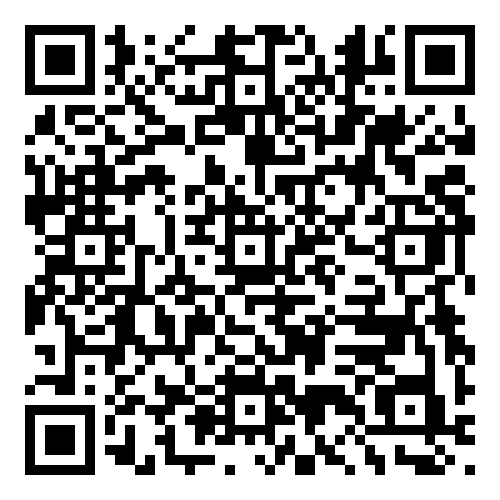 Electrical Engineer: Salary $127,260/yr
Electrical Engineer: Salary $127,260/yr
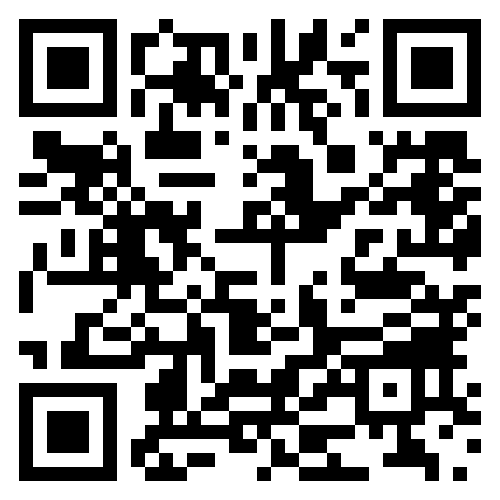 Solar Energy Installer: Salary $48,800/yr
Solar Energy Installer: Salary $48,800/yr
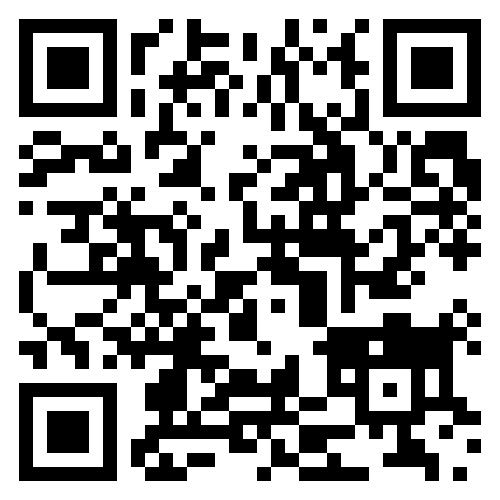 Maintenance Technician: Salary $46,700/yr
Maintenance Technician: Salary $46,700/yr
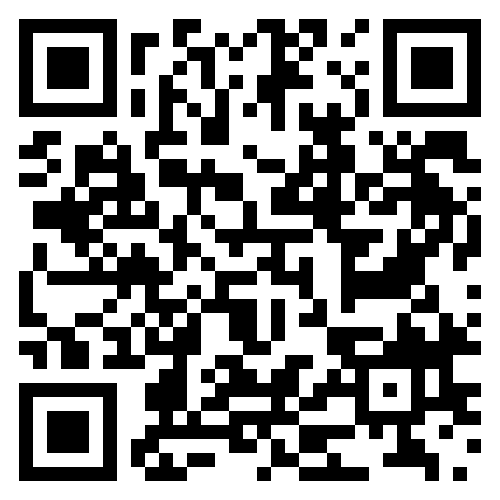 Chemical Engineer: Salary $112,100/yr
Chemical Engineer: Salary $112,100/yr
Vampire Power Electricity leakage from devices that use power even when they're off.
Leak An opening or crack that lets something pass out or in by accident.
Recycling The process of taking used materials or products and turning them into new ones instead of throwing them away.
We are excited to be aligned with the following standards.
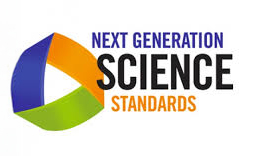
| Concept | Standard |
|
Energy can be transferred in various ways and between objects. |
|
|
Energy can be transferred in various ways and between objects; Make observations to provide evidence that energy can be transferred from place to place by sound, light, heat, and electric currents. |
|
|
Energy can be transferred in various ways and between objects. |
|
|
Energy can be transferred in various ways and between objects; Make observations to provide evidence that energy can be transferred from place to place by sound, light, heat, and electric currents. |
|
|
Obtain and combine information to describe that energy and fuels are derived from natural resources and their uses affect the environment. |
4-ESS3-1 |
|
Energy in Chemical Processes and Everyday Life The expression “produce energy” typically refers to the conversion of stored energy into a desired form for practical use. (4-PS3-4) |
|
|
Energy and fuels that humans use are derived from natural sources, and their use affects the environment in multiple ways. Some resources are renewable over time, and others are not. (4-ESS3-1) |